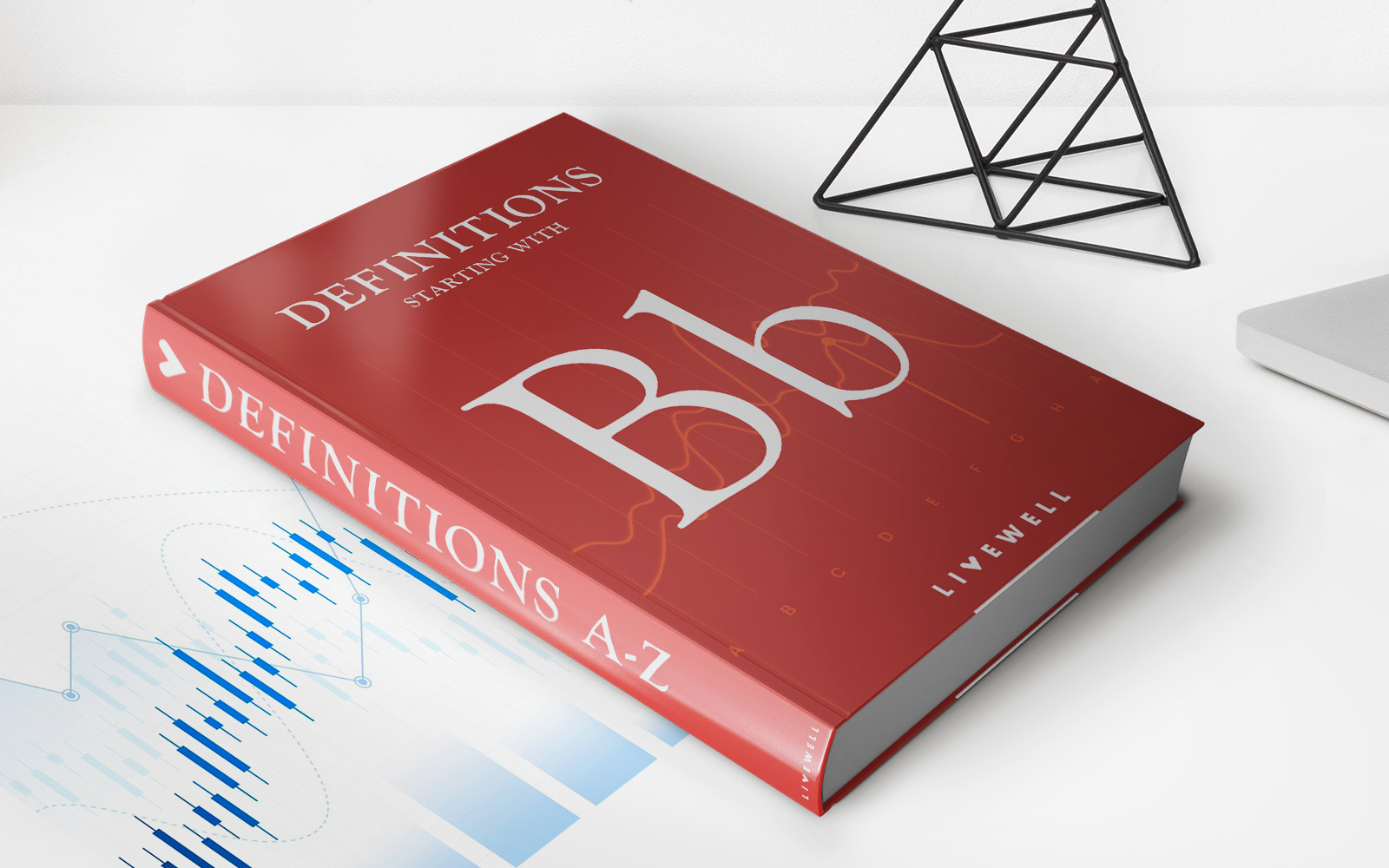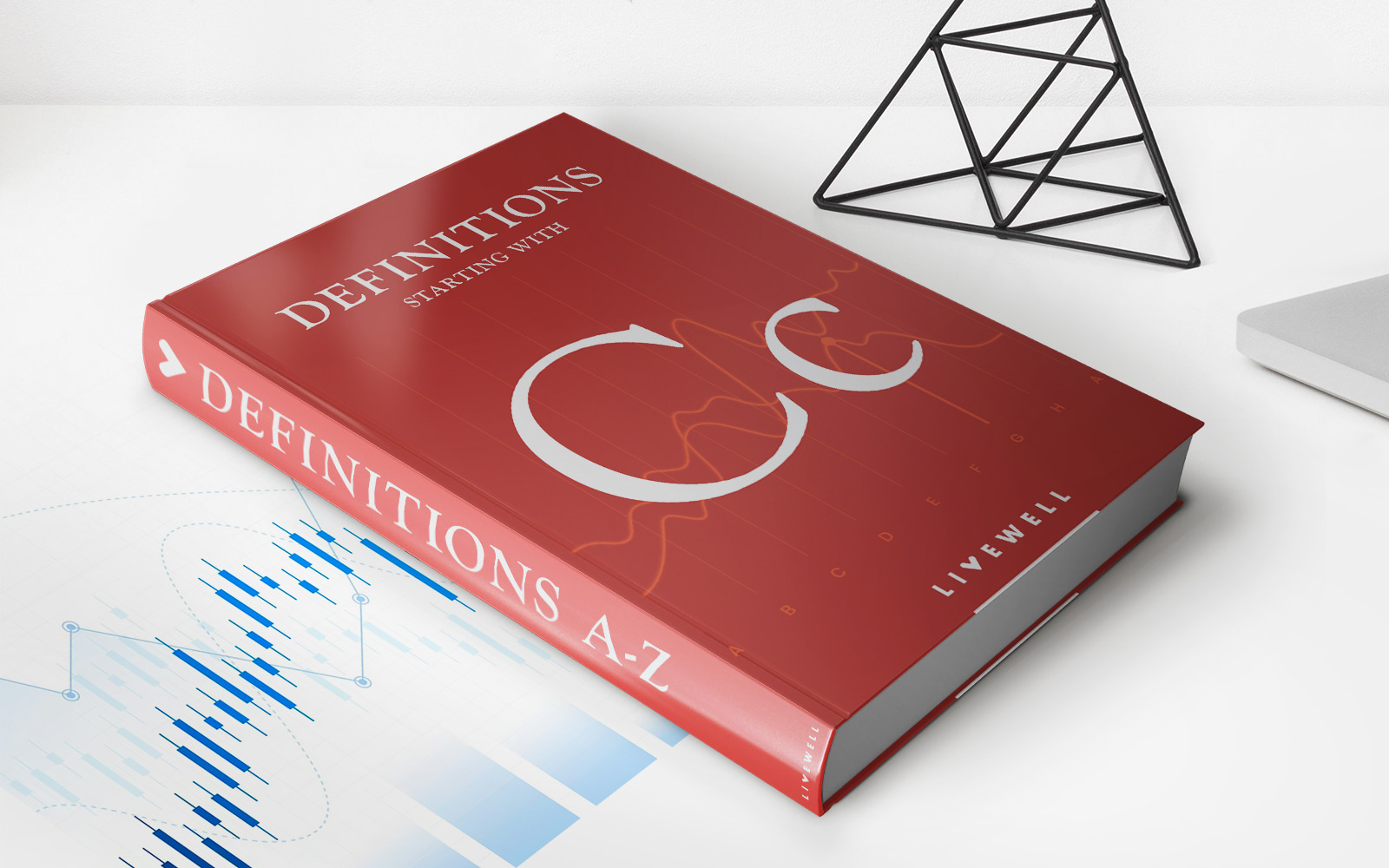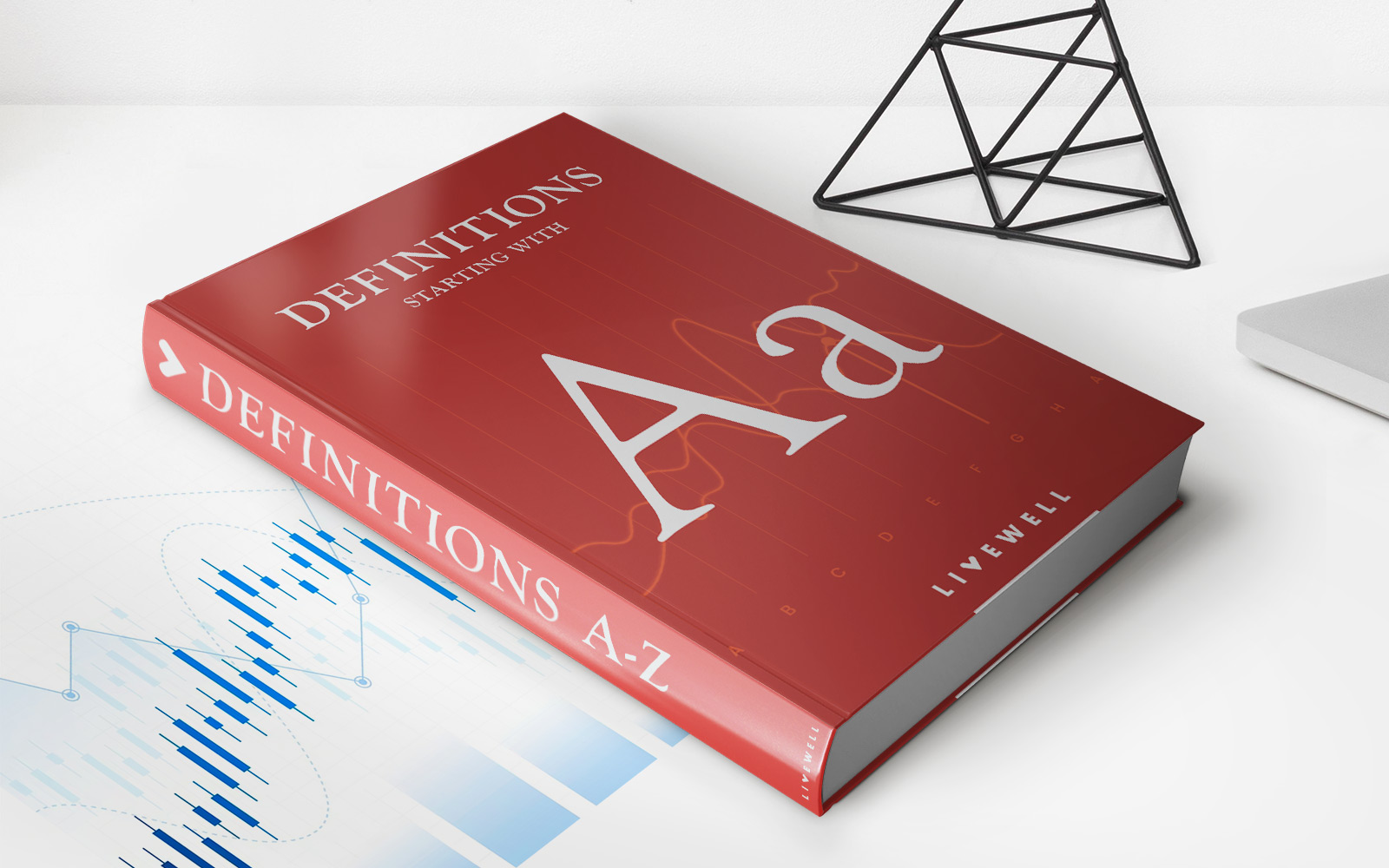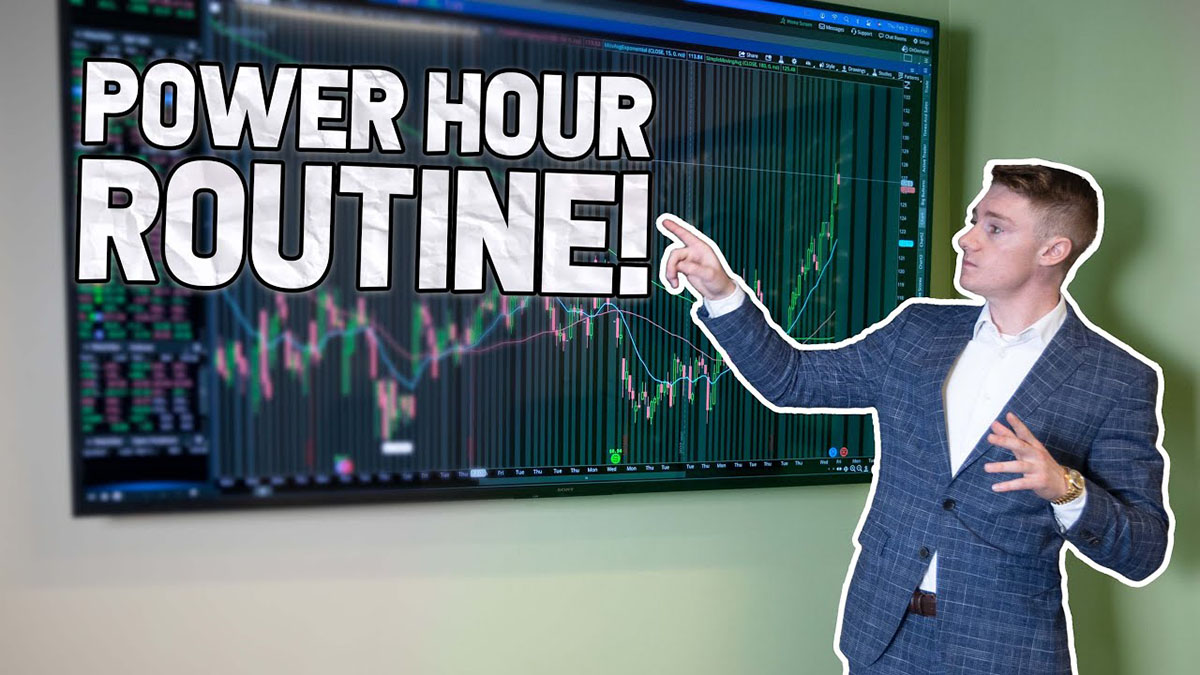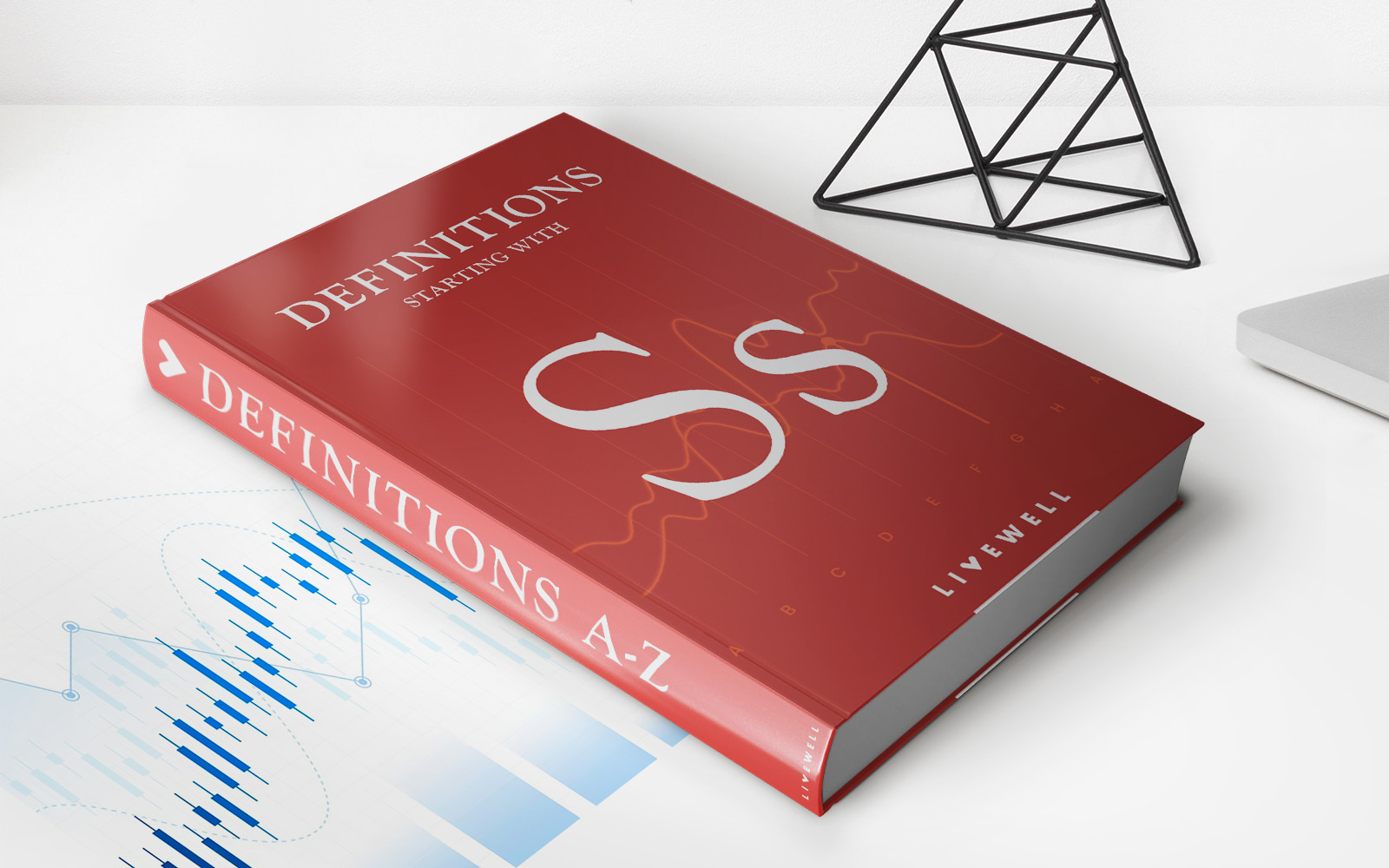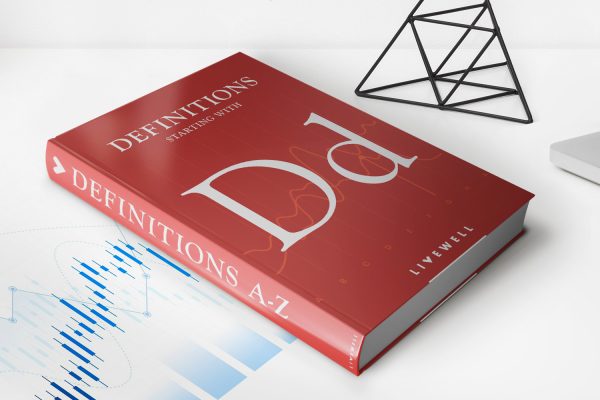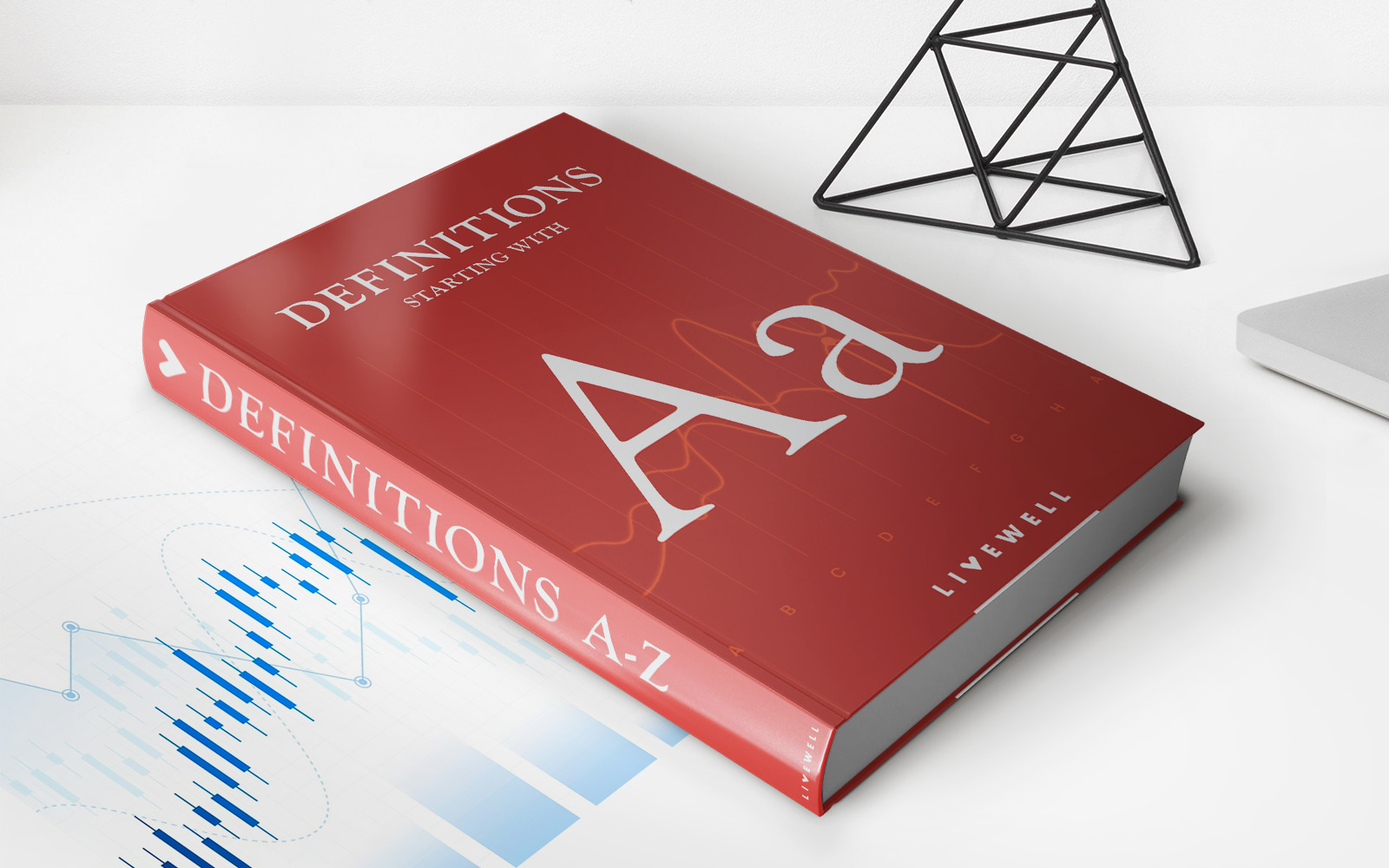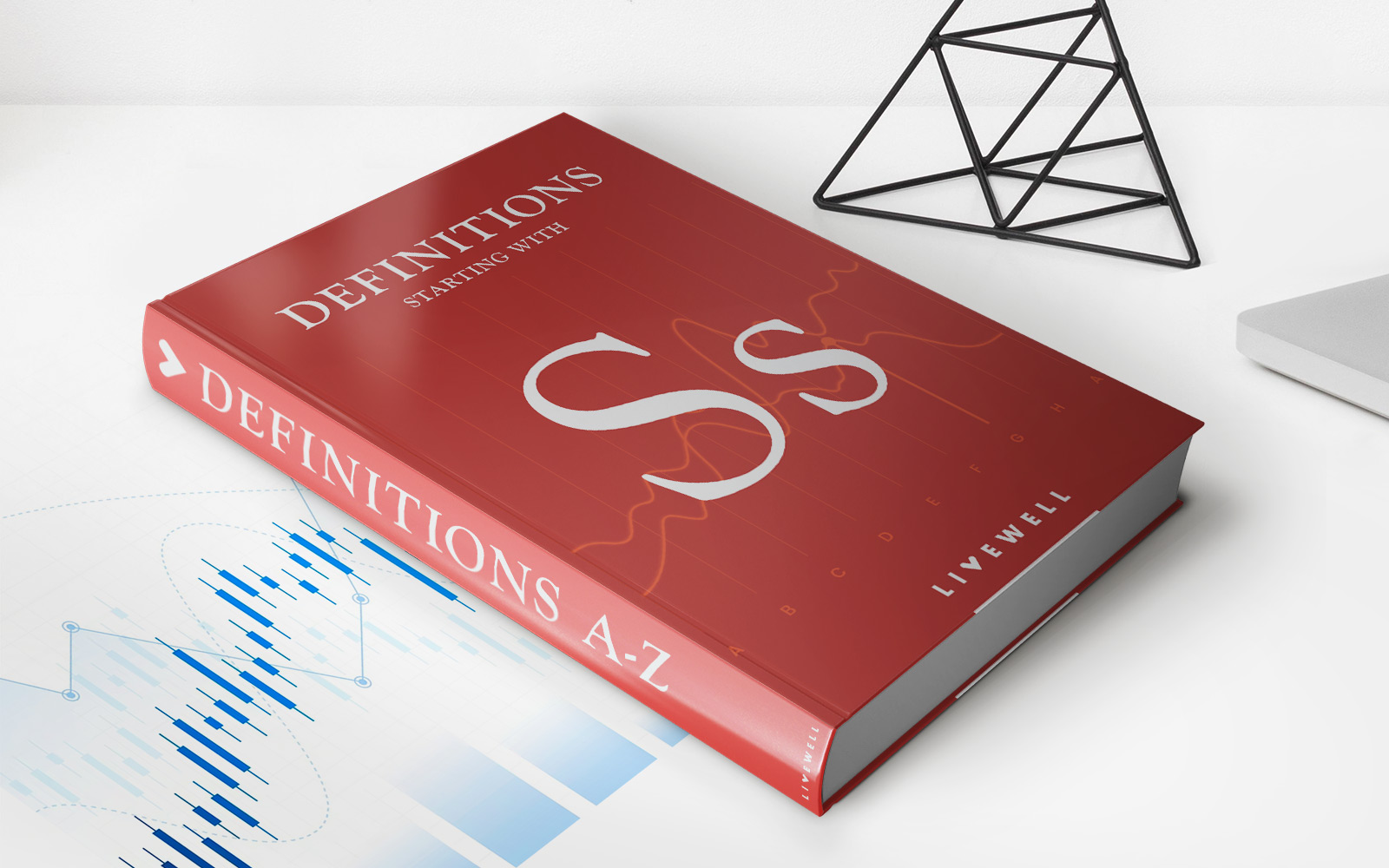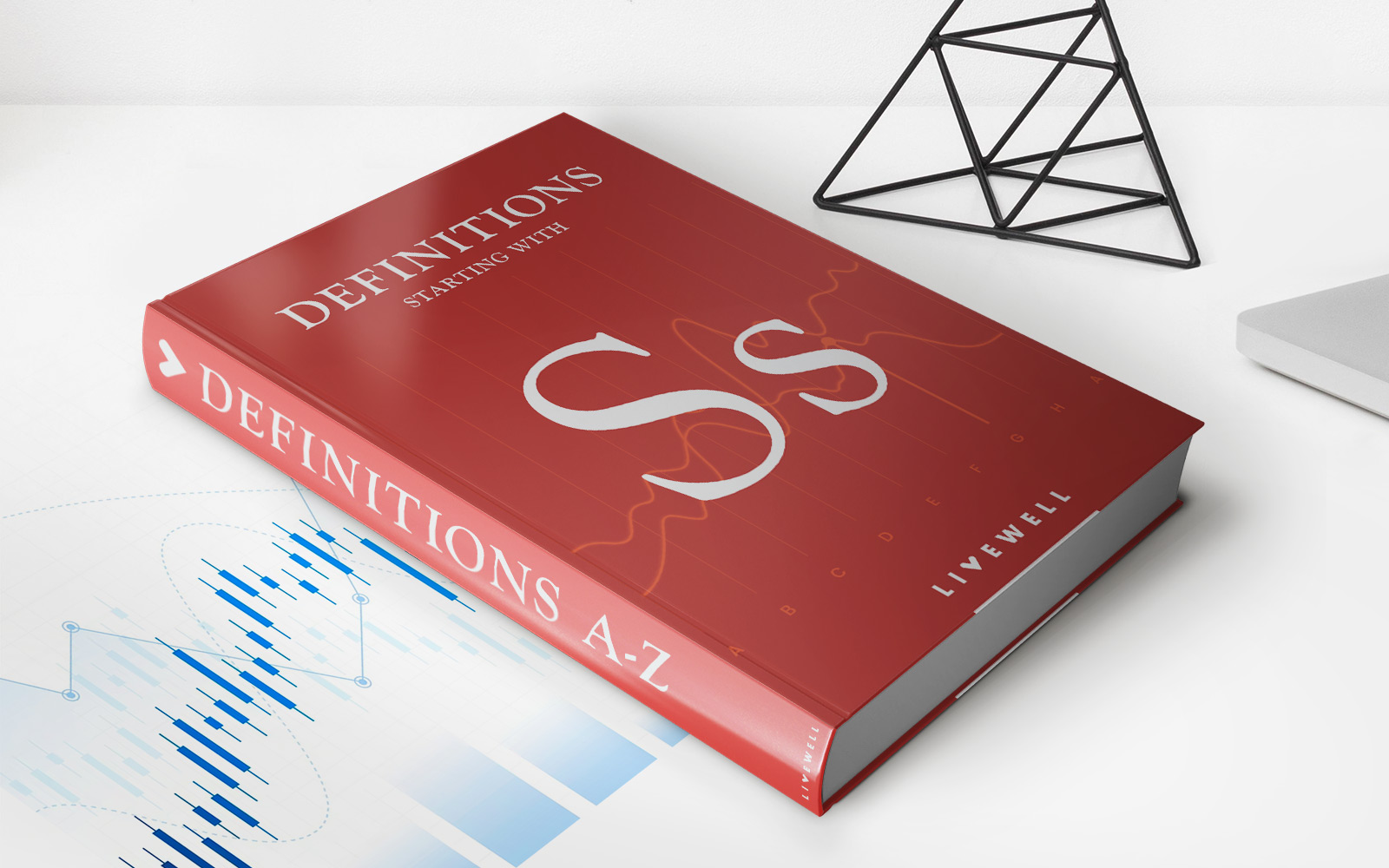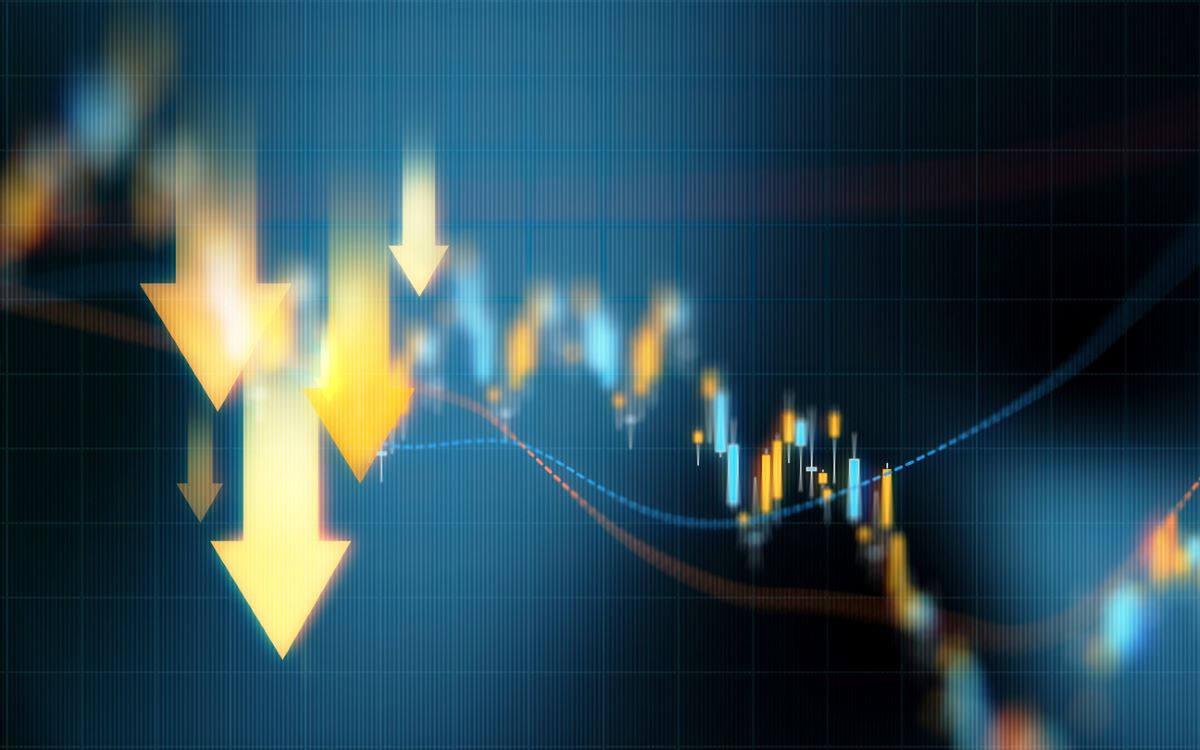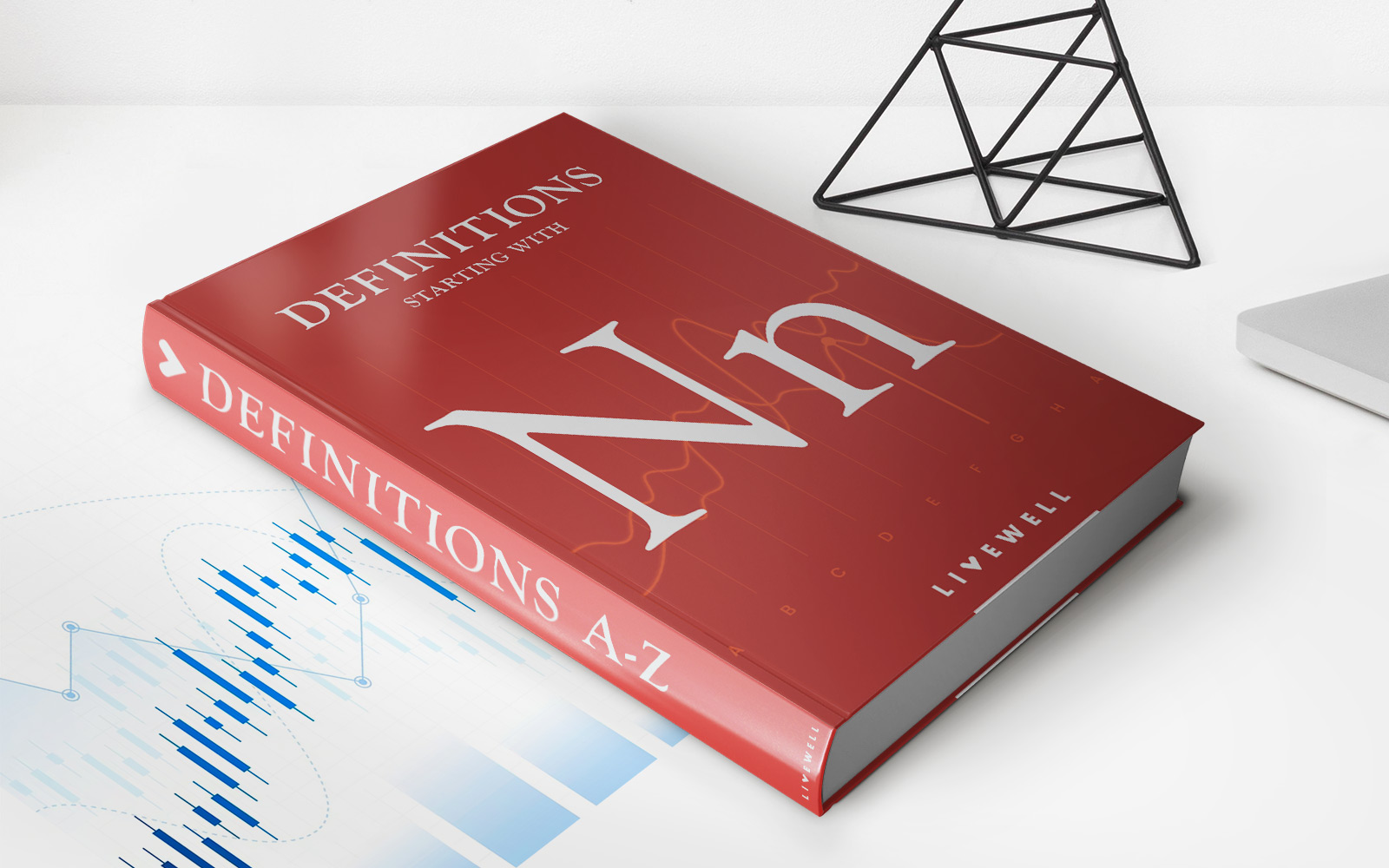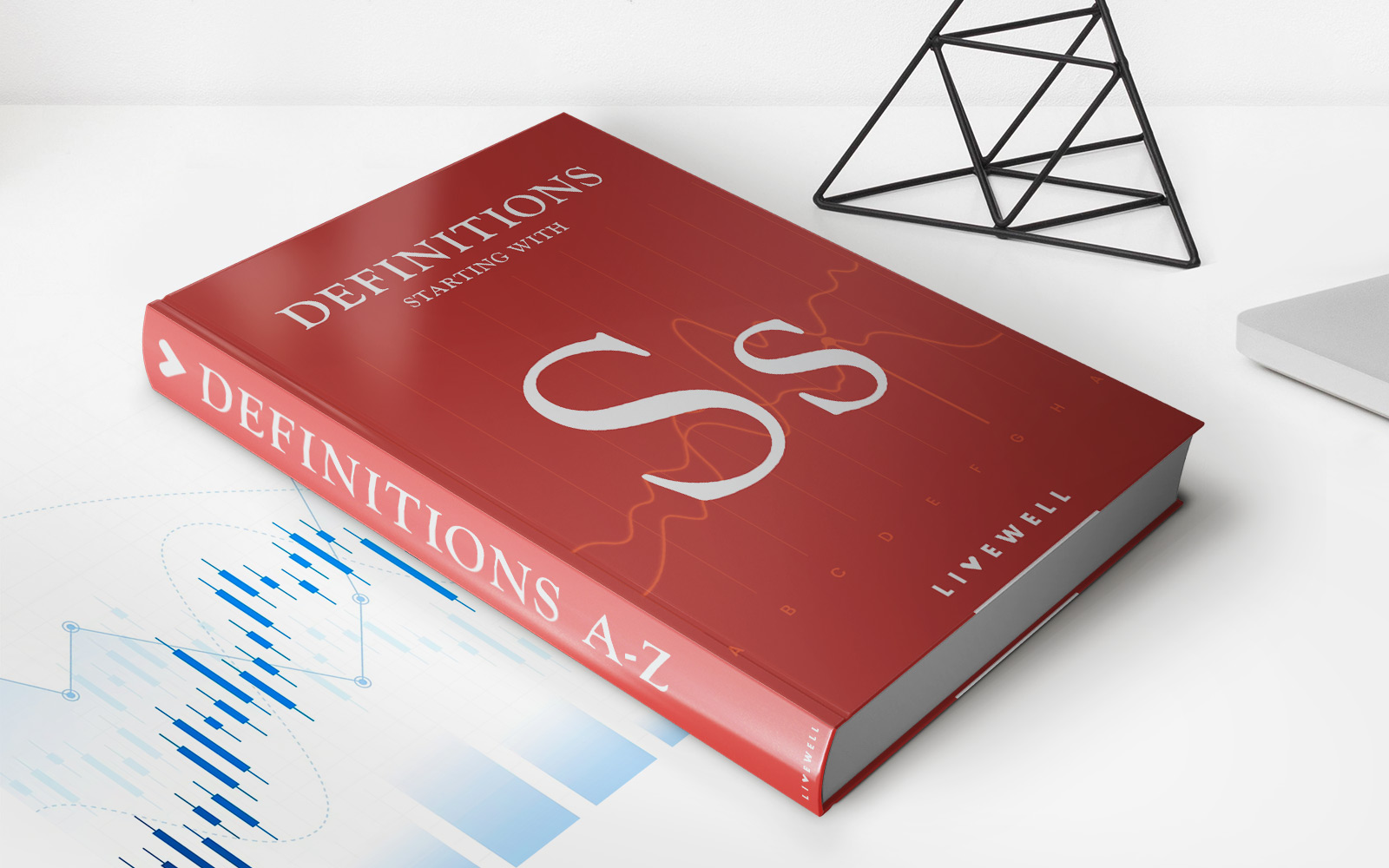

Finance
Subprime Market Definition
Published: February 3, 2024
Looking for a clear definition of the subprime market? Find out all you need to know about this aspect of finance, including its risks and implications.
(Many of the links in this article redirect to a specific reviewed product. Your purchase of these products through affiliate links helps to generate commission for LiveWell, at no extra cost. Learn more)
Understanding the Subprime Market: A Comprehensive Overview
When it comes to the world of finance, there are numerous concepts and terms that can sometimes seem overwhelming. One such term that you might have come across is the subprime market. But what exactly does it mean, and how does it play a role in the financial landscape? In this article, we will dive deep into the subprime market definition, shedding light on its significance and implications.
Key Takeaways:
- The subprime market primarily comprises borrowers with a higher risk profile, lacking creditworthiness that would qualify for prime loans.
- Subprime mortgages played a crucial role in the 2008 financial crisis and led to significant economic repercussions worldwide.
1. What is the Subprime Market?
The subprime market refers to a segment of the financial industry where borrowers, who are deemed to have a higher risk profile, have access to credit. These borrowers typically have a lower credit score or limited credit history, which poses a higher likelihood of defaulting on their loan payments. As a result, lenders charge them higher interest rates to compensate for the increased risk.
2. A Brief History
Subprime mortgages were prevalent during the early 2000s, especially in the United States. Financial institutions were granting mortgages to borrowers who did not meet the typical criteria for prime loans. These subprime mortgages were often bundled together and sold to investors as mortgage-backed securities. However, when housing prices began to decline, borrowers started defaulting on their loans, leading to significant financial losses for investors and ultimately triggering the global financial crisis of 2008.
3. Implications and Lessons Learned
The subprime market’s collapse had far-reaching consequences that rippled through the global economy. Some of the notable implications include:
- Major financial institutions faced severe losses, requiring government interventions to prevent their collapse.
- Increased regulation and scrutiny of financial markets, with policymakers striving to avoid a similar crisis in the future.
- Stringent lending practices and stricter qualification criteria for borrowers, aiming to reduce the risk of subprime lending.
- Heightened awareness among investors and individuals regarding the potential risks and consequences associated with subprime loans.
4. Future of the Subprime Market
Since the 2008 financial crisis, the subprime market has experienced significant changes and has faced increased scrutiny. However, it still exists in various forms, including auto loans, credit cards, and alternative lending platforms. As more technological advancements emerge, there is a growing focus on utilizing data analytics and artificial intelligence to assess borrower risk accurately and make more informed lending decisions.
In conclusion, understanding the subprime market requires a grasp of its historical significance and the potential economic consequences it can have. While regulations and consumer awareness have improved since the 2008 financial crisis, it is essential for both borrowers and lenders to approach subprime lending with caution and diligence.
Read more on our website’s finance section to stay informed about all aspects of the financial world, ranging from personal finance tips to global market insights.
